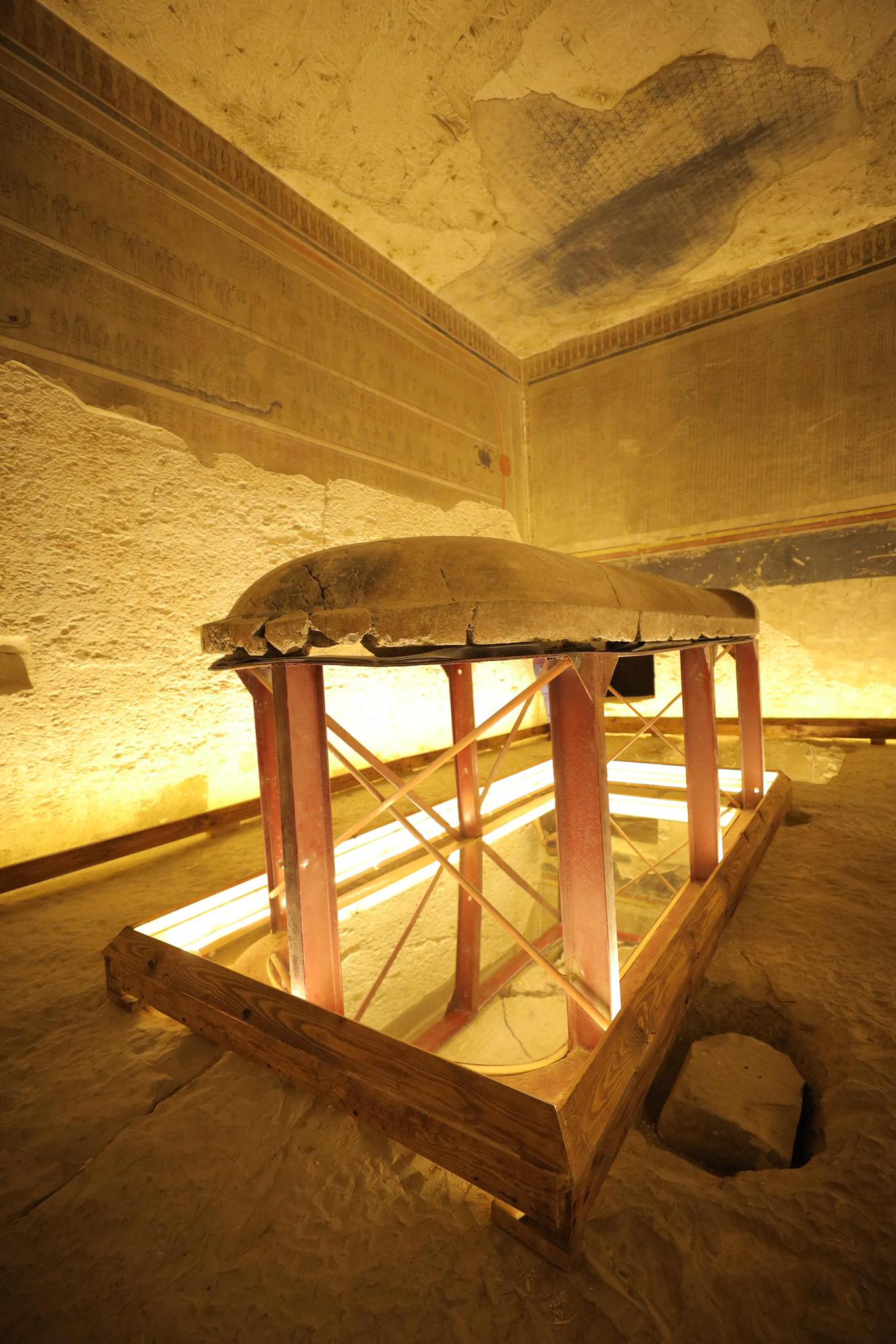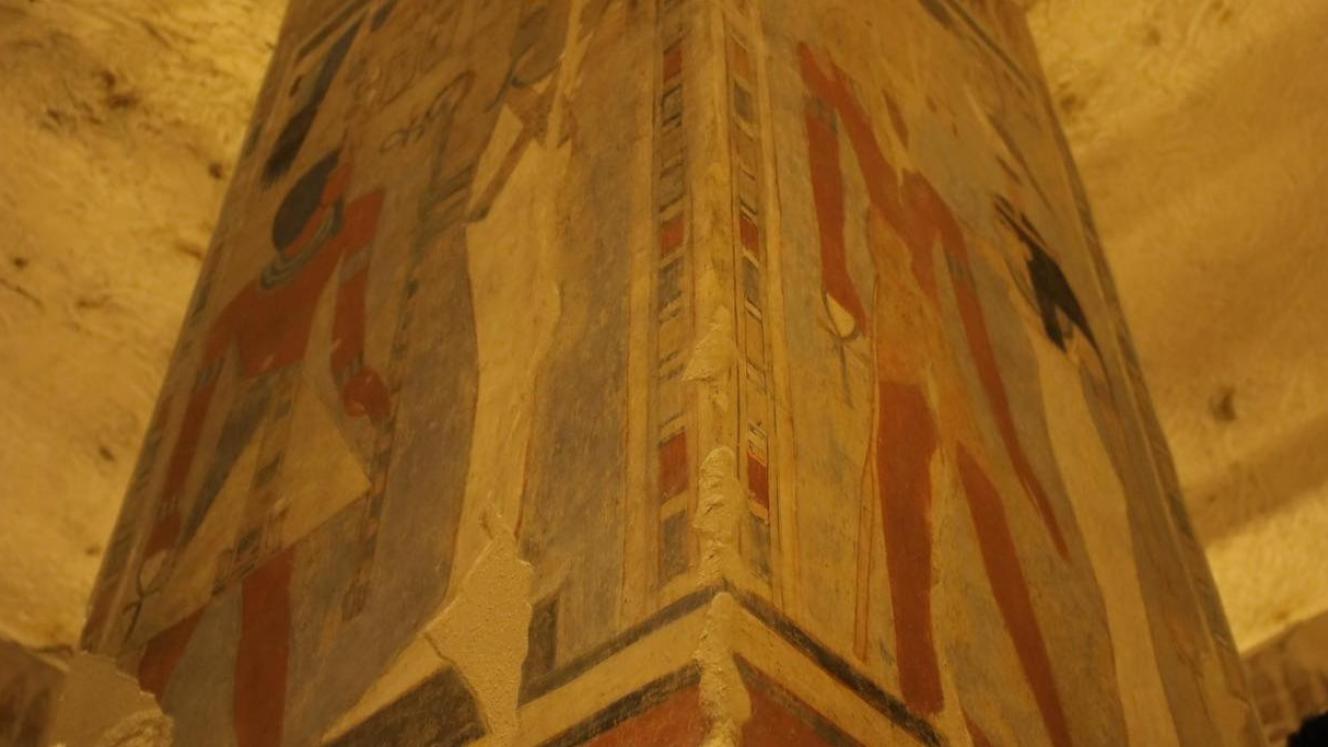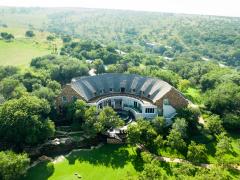The tomb of King Amenhotep III in Luxor’s Valley of the Kings has officially reopened to tourists following a two-decade-long restoration project.
The restoration formed part of the ‘Preserving the Murals of the Tomb of King Amenhotep III’ project.

Speaking at the reopening ceremony of the site, Secretary-General of Egypt’s Supreme Council of Antiquities, Mohamed Ismail Khaled described the tomb as “one of the most important and prominent in the Valley of the Kings” and said its reopening would “add a distinctive new dimension” to cultural tourism in Egypt.
The project was carried out in three phases, with participation from Egyptian, Italian and Japanese experts. Work included restoring murals, stabilising columns, reassembling the red granite sarcophagus lid from more than 200 fragments, improving stairways and lighting and installing interpretive panels for visitors.
The tomb, discovered in 1799 during the French campaign in Egypt, was later excavated by British archaeologist Howard Carter in 1915. It is one of the largest royal tombs in western Luxor, notable for its richly coloured carvings and ceiling decorated with astronomical scenes.
Over the centuries, the tomb suffered damage from salt accumulation and structural cracks. Restoration has now stabilised and preserved its murals, ensuring long-term protection.













